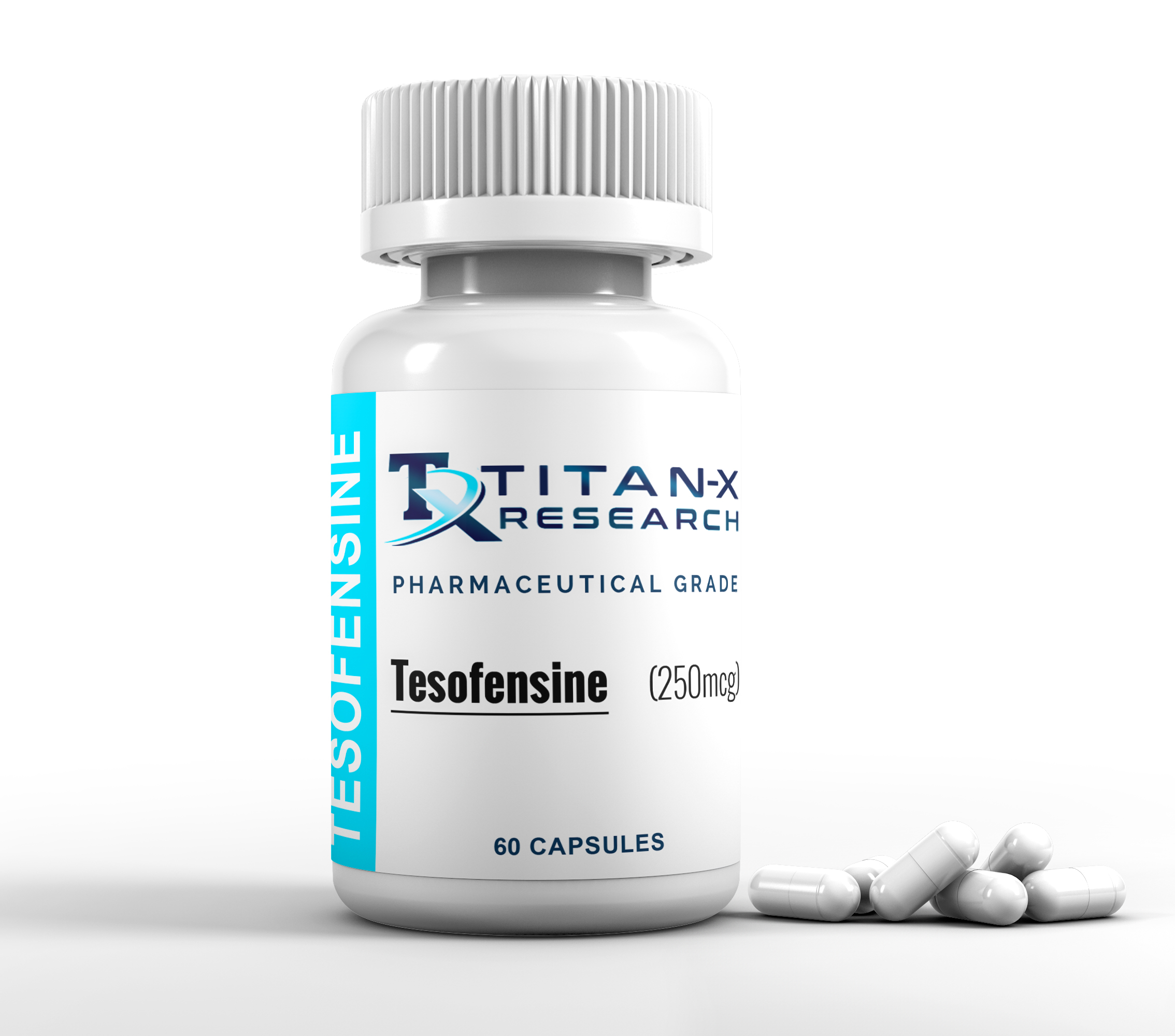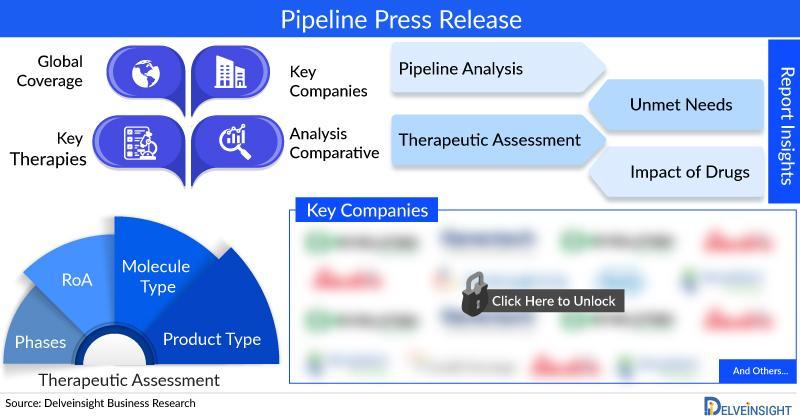
September 5, 2024
Detailed Evaluation Of Present And Approaching Anti-obesity Medications

- An angiotensin blocker did not impact the decrease infood consumption, however only partly blocked the rise in high blood pressure and pulserate recommending that tesofensine may increase thoughtful activity [124]
- 4Ever Youthful Midlothian's multimodal approach to weight-loss has helped lots of individuals slim down and keep it off.
- Some pharmacological researches of hypothalamic excessive weight report weight-loss or stabilization however reported intervention periods are brief, and others report no effect.
- From an aesthetic examination, we note that the stereotypy generated by tesofensine differs slightly from that caused by phentermine.
- The global weight problems occurrence has almost tripled given that 1975 and, within the United States, excess body weight afflicts more than two thirds of the populace, with more than one third of grownups and 20% of adolescents having weight problems (see Associated links).
- The Knowing Areas are an academic resource for health care specialists that supply medical details on the epidemiology, pathophysiology and problem of illness, as well as diagnostic techniques and treatment regimens.
How Reliable Is Tesofensine Vs Semaglutide?
Pharmacotherapy for weight problems has advancedremarkably since the extraordinary of medications, amphetamines, were accepted forshort-term usage. Most amphetamines were eliminated from the weight problems market due toadverse occasions and possible for addiction, and it became apparent that obesitypharmacotherapies were required that can securely be carried out over thelong-term. This evaluation of main nervous system (CNS) acting anti-obesity drugsevaluates present treatments such as phentermine/topiramate which act throughmultiple natural chemical pathways to decrease appetite. In the synergisticmechanism of bupropion/ naltrexone, naltrexone blocks the feed-back inhibitorycircuit of bupropion to offer higher fat burning. Another potential newpharmacotherapy, setmelanotide, is a melanocortin-4 receptor agonist which isstill in an onset of advancement. As our understanding of thecommunication between the CNS, digestive tract, fat, and various other organs evolves, itis anticipated that obesity medication growth will certainly approach new centrallyacting combinations and afterwards to medicines acting upon outer target tissues.What is the new scientist excessive weight medicine?
New research is revealing the unusual brain and psychological wellness advantages of semaglutide medicines such as Ozempic and Wegovy, and various other related diabetes mellitus and weight-loss drugs that mimic an intestine hormone launched after eating.
Pharmacologic Approaches To Weight Administration: Recent Gains And Shortfalls In Combating Excessive Weight
These results recommend that tesofensine induces weightloss mostly by minimizing food consumption with a little increase in metabolicrate [121], A stage 2 test focusedon long-term impacts on cravings feelings in topics given 0.25, 0.5 or 1 mgtesofensine or placebo for 24 weeks. There was a dose-dependent reductions ofhunger over the initial 12 weeks which associated with the quantity of weight lostover the training course of the entire 6 month research, despite More help the fact that the effect on satietyfaded as fat burning remained to proceed [122] In an initiative to limit making use of lorcaserin to responders, those whodo not attain a weight management of 5% by week 12 are advised to quit lorcaserin andconsider an additional medicine. Weight loss adhering to those directions was 10.6 kg without diabetes mellitus and 9.3 kg with diabetic issues [75] This decision conflicts with various other researchsuggesting that lorcaserin, also at 2 fold higher doses, has no reinforcingeffects in poly drug users and has a reduced possibility for abuse [76] Based upon clinicalobservations in a private technique, topiramate negative occasions were reduced andweight loss effectiveness raised by the enhancement of phentermine, which led toclinical tests to authorize the combination as a treatment for weight problems. A 28-weektrial randomized 755 obese topics equally to sugar pill (Po), phentermine 7.5 mg( Ph7.5), Phentermine 15mg (Ph-15), topiramate extended launch (ER) 46 mg( T-46), topiramate ER 92 mg (T-92), Ph-7.5/ T-46, and Ph15/T -92 for 28 weeks. At28 weeks, subjects lost 1.7%, 5.13, 5.45, 6.06, 6.44, 8.46, and 9.21 in the Po,Ph-7.5, Ph-15, T-46, T-92, Ph-7.5/ T-46, and Ph15/T -92 groups specifically. There are numerous pharmaceuticals discovering the manipulation of central and outer systems involved in power homeostasis that are being established to treat weight problems. Several of these medicines such as the GLP-1 receptor agonists approved as diabetes mellitus medications luckily caused weight-loss and are now being examined as anti-obesity medications. These neurones reply to outer metabolic hormonal agents, consisting of leptin, insulin, ghrelin and nutrients. POMC neurons task to second-order nerve cells in the hypothalamic paraventricular nucleus (PVN), the dorsomedial hypothalamus (DMH), the side hypothalamus (LH) and the ventromedial hypothalamus (VMH) (8 ). Our searchings for recommend that tesofensine is an appealing new healing agent for treating obesity. Our data also paves the way for LH GABAergic neurons, among other cell kinds (maybe glutamatergic), in the Lateral Hypothalamus to be a possible pharmacological target for developing new cravings suppressants to deal with obesity. It is expected that the brand-new substances, which have actually recently been tested in scientific tests, will have even more advantages over the currently readily available agents both with regard to their efficacy and safety and security (68 ). Just recently, tesofensine has shown encouraging results for treating uncommon human feeding conditions, such as hypothalamic excessive weight [38] Hypothalamic obesity signs and symptoms include exacerbated appetite, quick boost in body weight, and reduced metabolism.Is Tesofensine The Follower Of Sibutramine?
Nonetheless, long-acting (acyl) GIPR agonists lower body weight in obese wild-type and GLP1R ko mice184,185 and GIP affects body weight through signalling through the GIPR in the CNS. According to this notion, GIPR is shared in neurons of the hypothalamus and the hindbrain186,187 and DREADD-mediated activation of hypothalamic GIPR cells decreases food intake186. Regular with this, solitary main administration of a fatty acyl-GIP lowers body weight and food consumption in DIO computer mice and increases cFOS neuronal activity in the hypothalamus185. When peripherally carried out, fatty acyl-GIP reduces body weight and food intake in obese wild-type and GLP1R ko mice, yet reveals blunted weight management in CNS GIPR-deficient mice185. Therefore, throughout durations of malnourishment throughout which time fat mass is reduced, leptin is decreased in-turn promoting boosted food intake and fat build-up (28 ); alternatively disturbance of leptin signalling promotes hyperphagia and fast weight gain (29 ). In the mediobasal hypothalamus, leptin triggers POMC whilst straight preventing AgRP and NPY nerve cells with a net impact of increasing energy expense and decreasing food consumption (30 ). Along with this, in the dorsomedial hypothalamus, leptin advertises increased energy expenditure through activation of brownish fat which leads to a reduction in body weight that is independent of food intake (31 ). In 2013, cetilistat, a pancreatic lipase prevention, was accepted as a therapy for obesity in Japan, which was marketed as Oblean ® by Takeda. It has a role similarly as orlistat by hindering pancreatic lipase, an enzyme that hydrolyzes triglycerides right into absorbable cost-free fatty acids in the intestinal tract. A 12-week, multicenter, randomized, double-blind, phase 2 professional test was performed in obese individuals with diabetic issues. Despite the fact that their processes operate in distinct means, the reducing of hunger must be the main result of both medicines in order for them to be reliable. When compared side by side, each therapy reveals a range of advantages in addition to the probability of unfavorable consequences, every one of which needs to be taken into consideration when choosing a method for fat burning. Initially established as a therapy for Parkinson's illness and attention deficit hyperactivity disorder (ADHD), tesofensine astonished researchers during medical tests by exposing an unexpected result-- a significant weight reduction. This unexpected discovery sparked more examinations into its potential as a powerful anti-obesity medication. Complying with the monitoring of distinct effects of tesofensine on LH task in obese and lean rats, we checked out the details cell type in this region that was mainly influenced by the medicine in mice. We hypothesize that tesofensine might influence GABAergic nerve cells as a result of its function in seeking and consummatory habits [11, 13]Social Links
